This week I’ve seen several news reports discussing the plans Italy has for restoring the wooden floor to the Roman Colosseum. Here’s one from NBC News that provides most of the details.
The Colosseum had a wooden floor when it was completed in 80 CE. Usually the wood was covered in sand (the Latin word arena means “sand”) to absorb the blood of gladiatorial contests, but occasionally it was flooded for mock naval battles. The floor covered the hypogeum – the catacombs and cages where gladiators, prisoners, and animals were staged until their time in the arena.
As with the rest of the structure, the floor fell into disrepair over the centuries. The last of the flooring was removed in the early 1800s so the hypogeum could be excavated.
The new floor will be retractable. It can be closed to allow tourists to get a first-hand view of the arena, or to hold concerts or other events. And it can be opened to allow sunlight into the hypogeum. It will also keep the rain out of the lower levels – apparently that’s causing some damage.
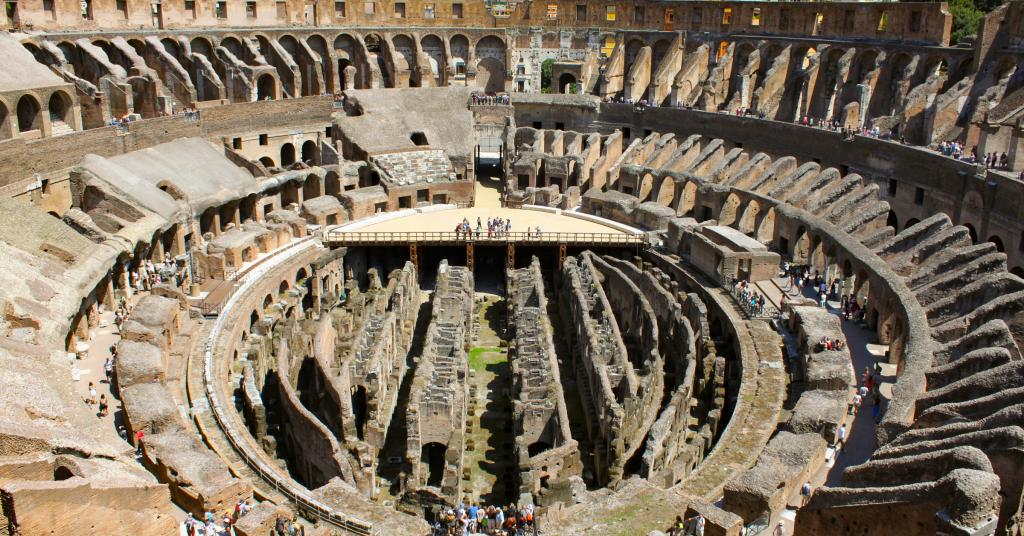
An afternoon in the Colosseum
I visited the Colosseum in 2012. One of my traveling companions signed us up for a walking tour that was supposed to take 90 minutes. It ended up taking over 3 hours, and not because of lines and delays. Our tour guide was just that detailed – he worked as a logistics manager during the week and led tours on the weekends, because he had a degree in Classics and loved telling people about ancient Rome. This was our first full day in Europe, so we were exhausted by the end of the tour… but it was very much worth it.
Currently there is a floor over a small segment of the arena – I got to walk out onto it. I couldn’t help but think about how I knew I was going to walk out of there alive, something most who made that walk didn’t.
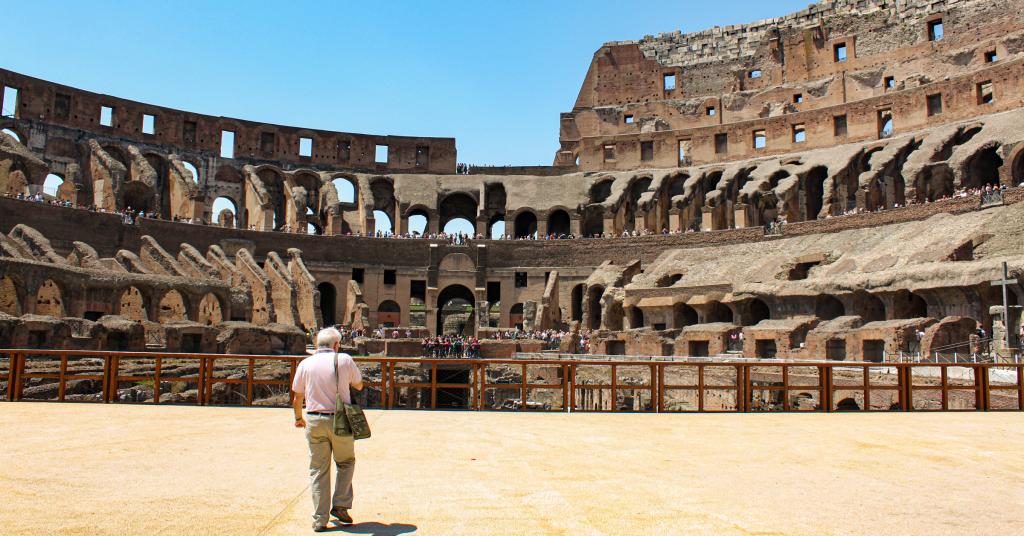
Interpretive restoration
What struck me about this story – and why I’m blogging about it – is the idea of restoring an ancient site for contemporary use. That’s always a question when you’re dealing with ancient sites, especially those that have been “lost” for centuries. Some argue that the proper approach is to simply leave them as we find them. Particularly from times and places where writing wasn’t common, we often don’t know what they looked like or how they were used. “Restoring” them is an act of interpretation.
If you’ve been to Newgrange in Ireland, you’ve seen what such an act of interpretive restoration looks like. We don’t know if Newgrange looked like this in ancient times. When he excavated Newgrange in the 1960s, Professor Michael O’Kelly saw the white quartz stones and decided they must have been on the front. The only problem is that it took modern concrete to get them to stay in place. There’s a very good chance that Newgrange never looked like it does now in ancient times.
When Professor George Eogan excavated Knowth (another major passage tomb in the Brú na Bóinne region) he also found white quartz stones – he chose to leave them on the ground.
Who’s right? It depends on what you mean by “right”.
I like Newgrange as it is today. When you see it from the road, you instantly know this is a sacred place. This isn’t just a burial mound – this is a temple. Maybe not a temple in the same sense as the Greek and Roman temples, or in the same sense as a stone circle. But it’s clearly a sacred space.
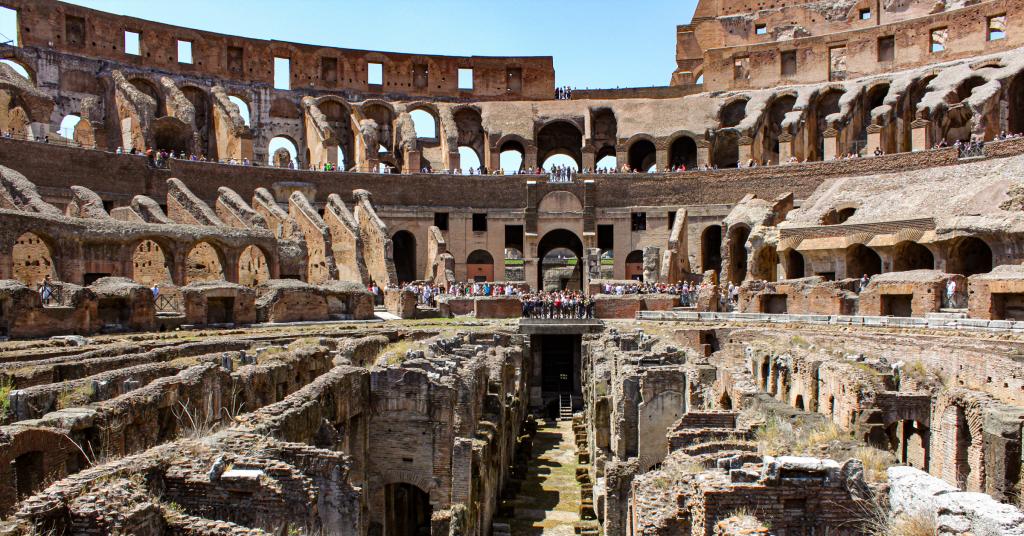
A living place in the contemporary world
The Roman Colosseum is not a sacred site. Some Christians consider it a site of martyrdom, but there is no evidence Christians were killed there for their faith. That idea appears to be medieval in origin.
Still, it is culturally and historically important. It’s a tangible connection to the roots of European civilization and its American offshoots. As such, it’s important to preserve it.
But what do we mean when we say “preserve”?
Should we treat it like a museum piece in a glass case, never to be touched lest we degrade it further from its pristine origins?
Or should we treat it like a living being, one that needs periodic medical care (i.e. – physical maintenance) and that should be included in the life of the community?
I like the idea of holding concerts and other cultural events in the Colosseum. I’m thrilled that the Anglesey Druid Order conducts public rituals at Bryn Celli Ddu, a site that’s at least 5000 years old. I would love to see Athena worshipped at the Parthenon once again.
We can debate what is restoration vs. what is a living place vs. what is an inappropriate modification. There are limits – I would hate to see grandstands installed at Stonehenge.
But the more places like this can be a part of our lives and not “ruins” the better off we’ll all be.
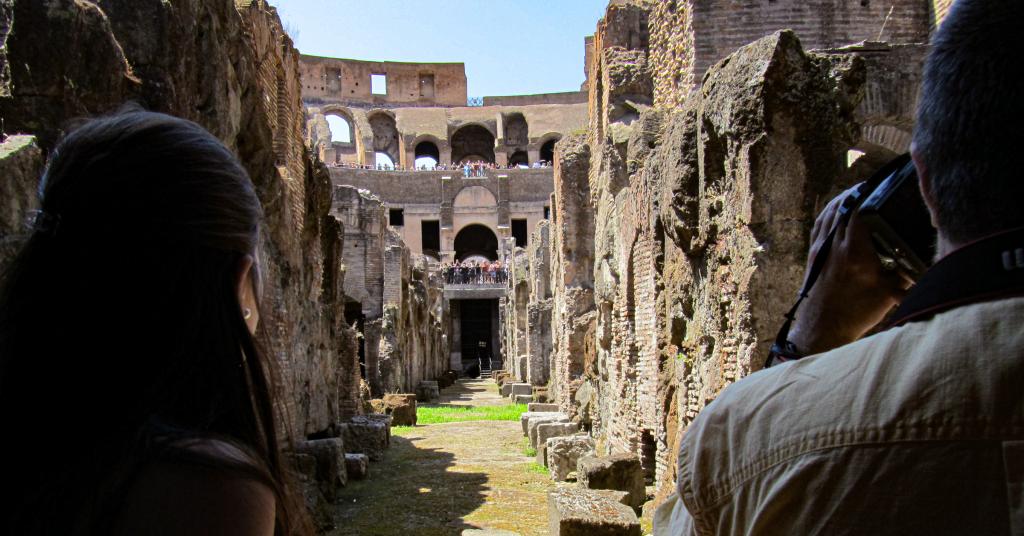
Living places, living rites
And that brings me to the final thing the Colosseum floor has me thinking about. If our ancient and sacred sites should be treated as living things, shouldn’t our worship and rituals be alive too?
For some Pagans this isn’t an issue – they’re doing their thing here and now, oftentimes with no regard for the past. That’s another matter for another time. Here I’m talking about those who try to recreate the past as completely as possible.
I’m all for good scholarship – it’s important to know what our ancestors did and why they did it. Given the thousand years and more separation we have from our ancestral Pagan and polytheist traditions, good scholarship is essential.
But scholarship is only the beginning. At some point we have to be active creators of our own living traditions. We have to listen to the Gods and to the land, build our own interfaces for relating to them, and figure out how to honor them in a way that’s meaningful and helpful to us here and now.
There is room for many different approaches under the Pagan umbrella (to the extent that “the Pagan umbrella” means anything these days). My approach is to be inspired by our ancestors, but then to build an ancestral, devotional, ecstatic, oracular, magical, public, Pagan polytheism for today.
My Paganism is a living thing.
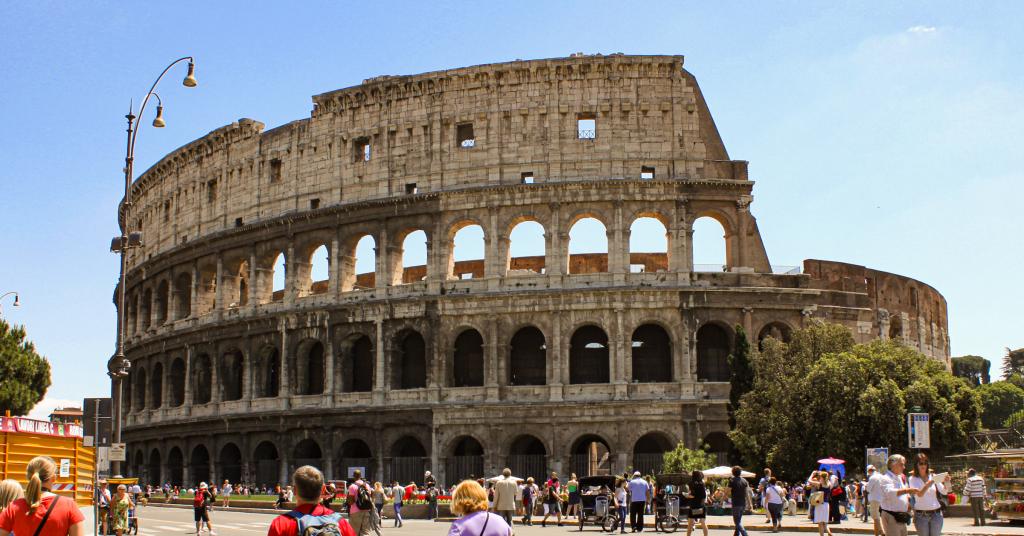
The floor should be complete by 2023
The designs are finished and the contract has been awarded to an engineering firm out of Milan. No word on when construction will begin, or to what extent it will limit tours of the Colosseum, which only restarted last week after shutting down due to the pandemic. But the schedule calls for the new floor to be completed by 2023.
I don’t know when I’ll go back to Italy. I greatly enjoyed my time there in 2012 and I really want to see more of Rome and the rest of the country. Still, other places are well ahead of it on my bucket list. It may be a while.
But I look forward to seeing the Colosseum again someday, a little more alive than it was the last time I was there.













